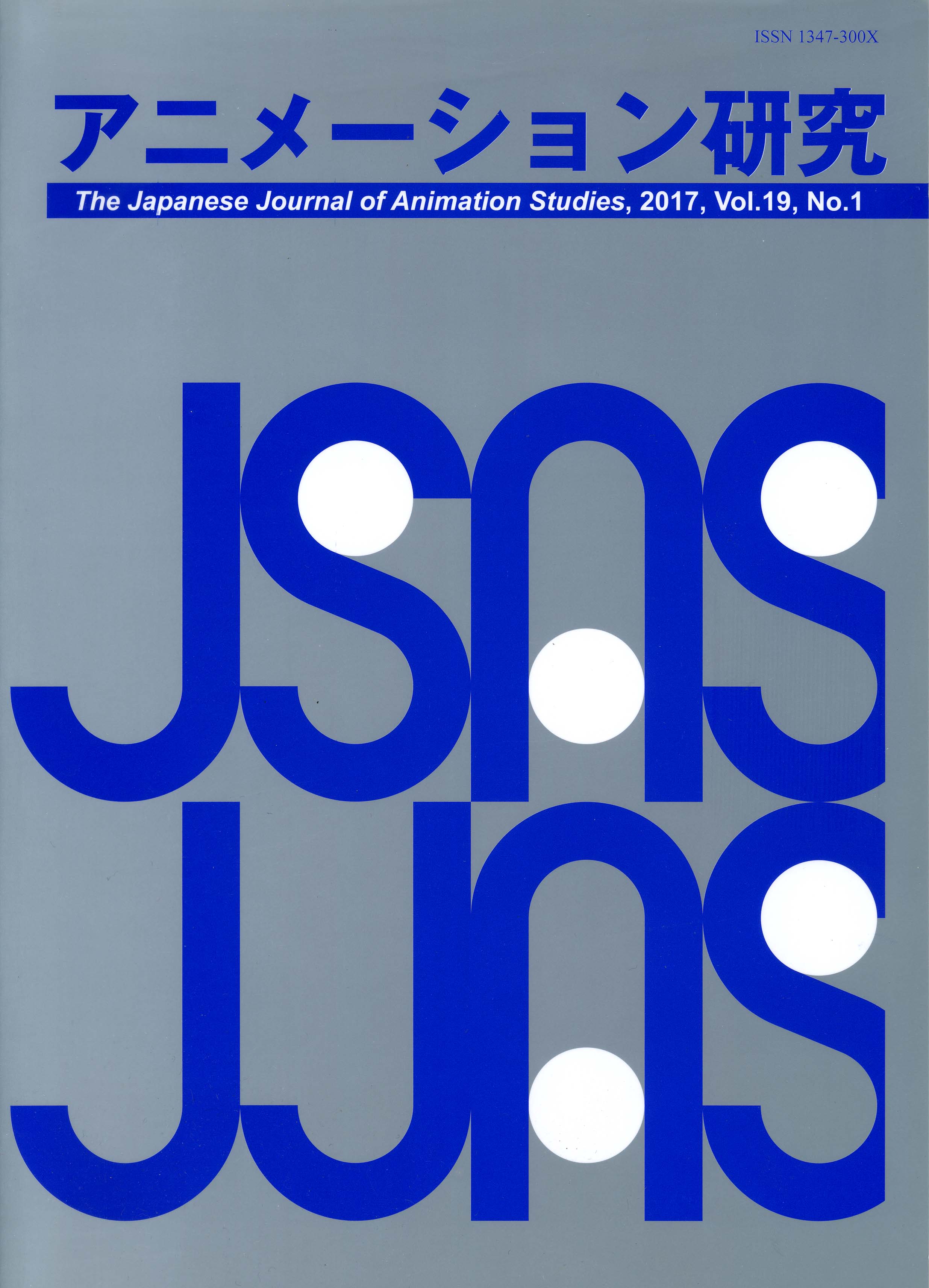Volume 17, Issue 2
Displaying 1-10 of 10 articles from this issue
- |<
- <
- 1
- >
- >|
-
2016Volume 17Issue 2 Pages 1
Published: March 01, 2016
Released on J-STAGE: February 18, 2023
Download PDF (576K)
Special Editorial
-
2016Volume 17Issue 2 Pages 3
Published: March 01, 2016
Released on J-STAGE: February 18, 2023
Download PDF (643K)
Special Articles
-
2016Volume 17Issue 2 Pages 5-13
Published: March 01, 2016
Released on J-STAGE: February 18, 2023
Download PDF (1037K) -
2016Volume 17Issue 2 Pages 15-22
Published: March 01, 2016
Released on J-STAGE: February 18, 2023
Download PDF (934K) -
2016Volume 17Issue 2 Pages 23-34
Published: March 01, 2016
Released on J-STAGE: February 18, 2023
Download PDF (1122K)
Keynote Symposium in JSAS 2015
-
2016Volume 17Issue 2 Pages 35-50
Published: March 01, 2016
Released on J-STAGE: February 18, 2023
Download PDF (1006K)
Reviews
-
2016Volume 17Issue 2 Pages 51-53
Published: March 01, 2016
Released on J-STAGE: February 18, 2023
Download PDF (446K) -
2016Volume 17Issue 2 Pages 55-57
Published: March 01, 2016
Released on J-STAGE: February 18, 2023
Download PDF (423K)
Report of SIG Activities
-
2016Volume 17Issue 2 Pages 59-67
Published: March 01, 2016
Released on J-STAGE: February 18, 2023
Download PDF (1109K)
-
2016Volume 17Issue 2 Pages 74
Published: March 01, 2016
Released on J-STAGE: February 18, 2023
Download PDF (647K)
- |<
- <
- 1
- >
- >|
